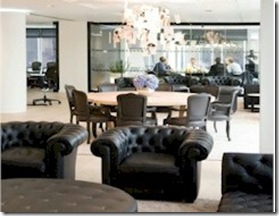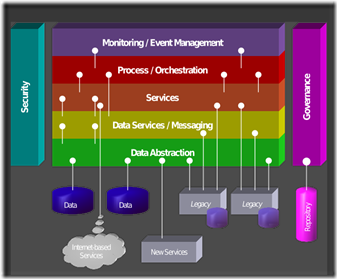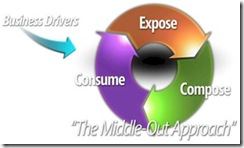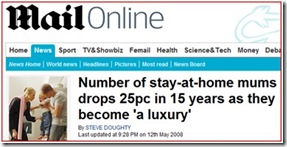One of the observations Edelman’s Robert Phillips notes is the segmentation into different workstyles. He speaks of the ‘podists’ and the ‘benchists’ describing sub-groups that have formed based on personal preferences for where and how they work.
The design firm Gensler who engineered the Edelman London offices, has also published its own segmentation of work modes…
· Focus – 59%, thinking, reflecting, analysing, writing, problem-solving, quantitative analysis, creating, imagining, reviewing, assessing.
· Socialise – 6%, talking, laughing, networking, trust-building, recognition, celebrating, interacting, mentoring, enhancing relationships
· Collaborate – 22%, sharing knowledge and information, discussing, listening, co-creating, showing, brainstorming.
· Learn – 4%, training, concept exploration and development, problem-solving, memorising, discovery, teaching, reflecting, integrating, applying knowledge.
This appreciation of the diversity of both the workforce and the workplace is central to the notion of Dynamic Work. Too often when I speak to people about Dynamic Work they try to pigeon hole it from one specific mode (office work) to another (home working, mobile working). Actually, Dynamic Work encompasses all of the modes of working aligning the mode with the person with the task to be done.





